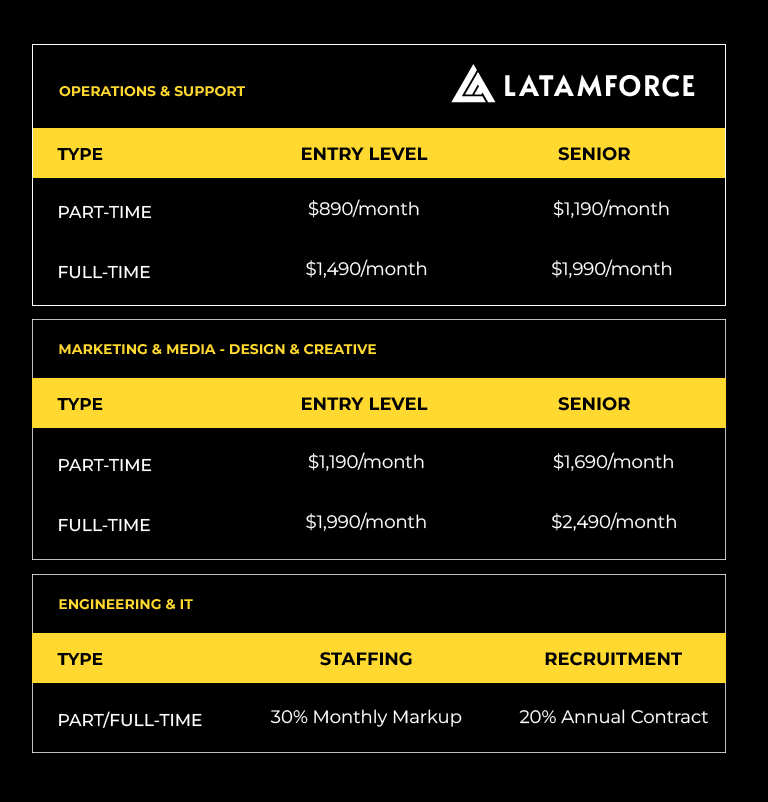Bridging Borders: The Impact of Nearshoring Architecture Talent to the U.S.
The U.S. architecture industry is experiencing a transformative shift, fueled by the growing trend of nearshoring talent from Latin America. This approach is reshaping the way architectural projects are designed and executed, combining creativity, technical expertise, and cultural diversity to deliver innovative results.
Why Nearshore Architecture Talent?
Nearshoring in architecture goes beyond cost efficiency. It’s about accessing a pool of highly skilled professionals who bring unique perspectives and technical knowledge to the table. Many Latin American architects are trained in world-class institutions and possess expertise in global architectural styles, sustainable design practices, and cutting-edge technologies.
Proximity is another advantage. Operating in similar time zones facilitates seamless collaboration, allowing U.S. firms to maintain close communication with their nearshore teams. This real-time engagement ensures that projects run smoothly, with fewer delays and more opportunities for dynamic problem-solving.
Cultural Alignment and Design Sensitivity
Latin American architects bring a deep understanding of cultural contexts, which is particularly valuable for projects requiring sensitivity to diverse communities. Whether designing public spaces, residential areas, or commercial hubs, these professionals often excel at creating designs that resonate with local cultures while adhering to international standards.
Moreover, nearshore architects are adept at working in multicultural environments. Their ability to navigate linguistic and cultural nuances fosters better collaboration with clients, contractors, and other stakeholders.
The Role of Technology in Nearshoring Architecture
The integration of advanced technology is a key driver of nearshoring success. Architects use tools like Building Information Modeling (BIM), virtual reality (VR), and computer-aided design (CAD) software to create highly detailed and interactive project designs. Nearshore teams can collaborate with U.S. firms through cloud-based platforms, sharing real-time updates and adjustments to ensure project alignment.
This technological synergy also enables firms to scale operations efficiently. Nearshoring eliminates the need for extensive in-house resources, allowing U.S. companies to focus on core competencies while leveraging external expertise for specialized tasks.
Sustainability and Innovation
Sustainability is at the forefront of modern architecture, and nearshore talent is well-equipped to address this demand. Latin American architects often have extensive experience in eco-friendly design, including energy-efficient buildings, use of renewable materials, and urban planning that prioritizes environmental harmony.
Their innovative approaches contribute to designs that are not only functional but also forward-thinking, aligning with global goals for sustainable development.
A New Era of Architectural Collaboration
Nearshoring architecture talent to the U.S. is creating a win-win scenario. For U.S. firms, it offers access to exceptional skills, fresh ideas, and cost-effective solutions. For Latin American professionals, it provides opportunities to work on high-impact projects while gaining international exposure.
As nearshoring continues to grow, it’s redefining the landscape of architectural collaboration. The seamless integration of nearshore talent is proving that great design knows no borders.
Ready to Build with Nearshore Talent?
Explore how nearshoring can elevate your architectural projects. Schedule a call with us today and discover the possibilities!





